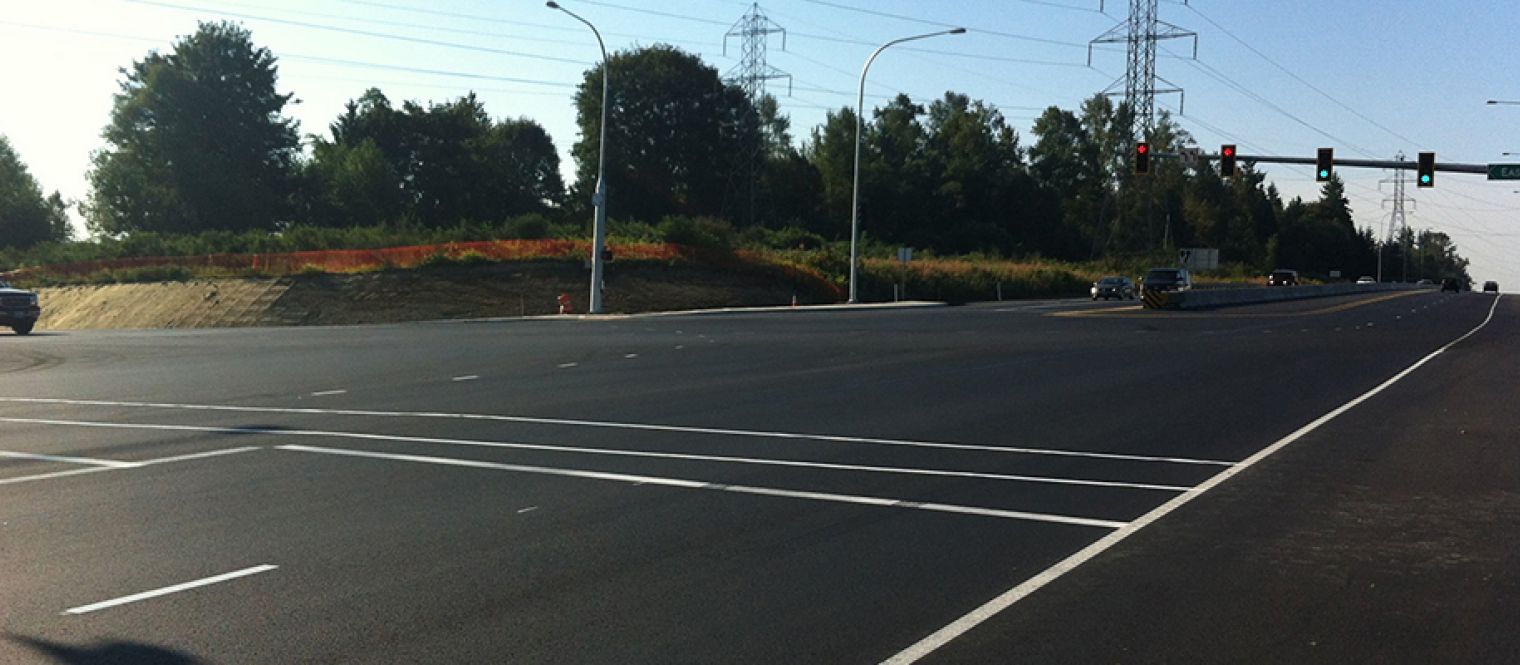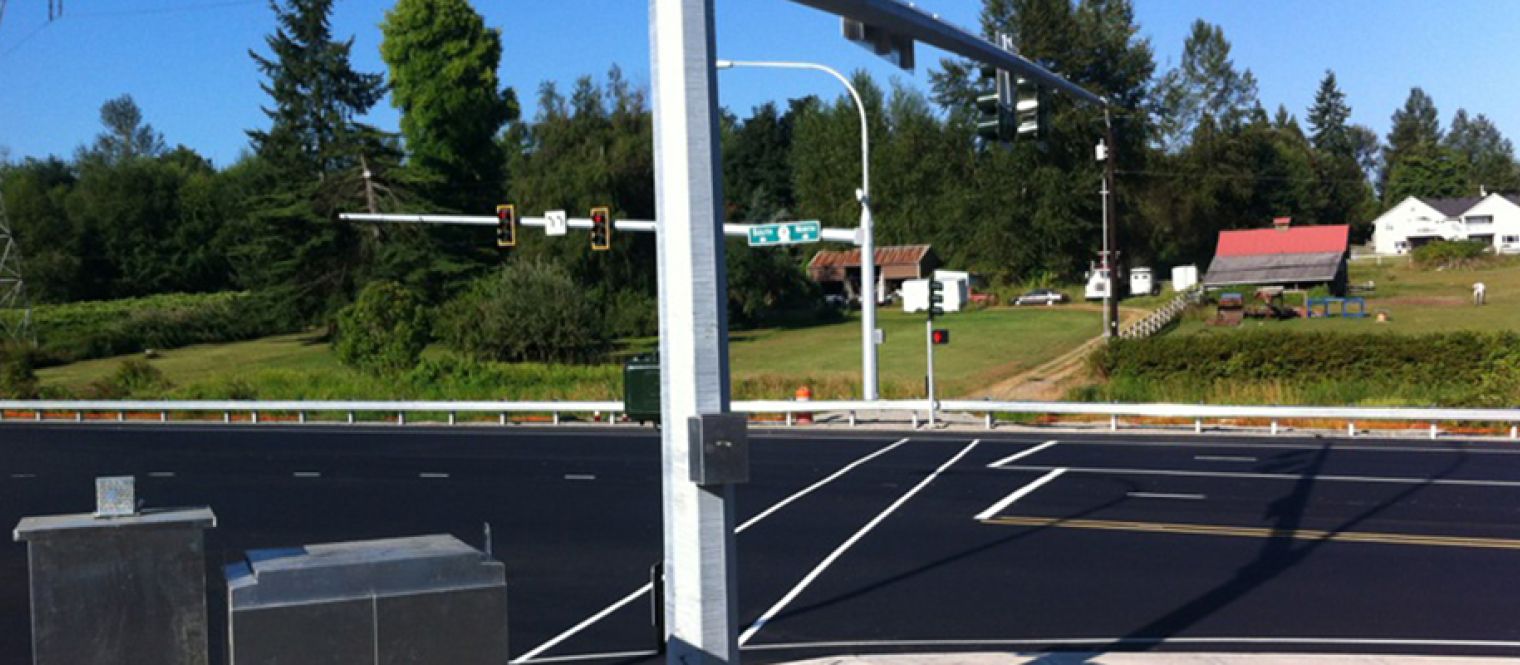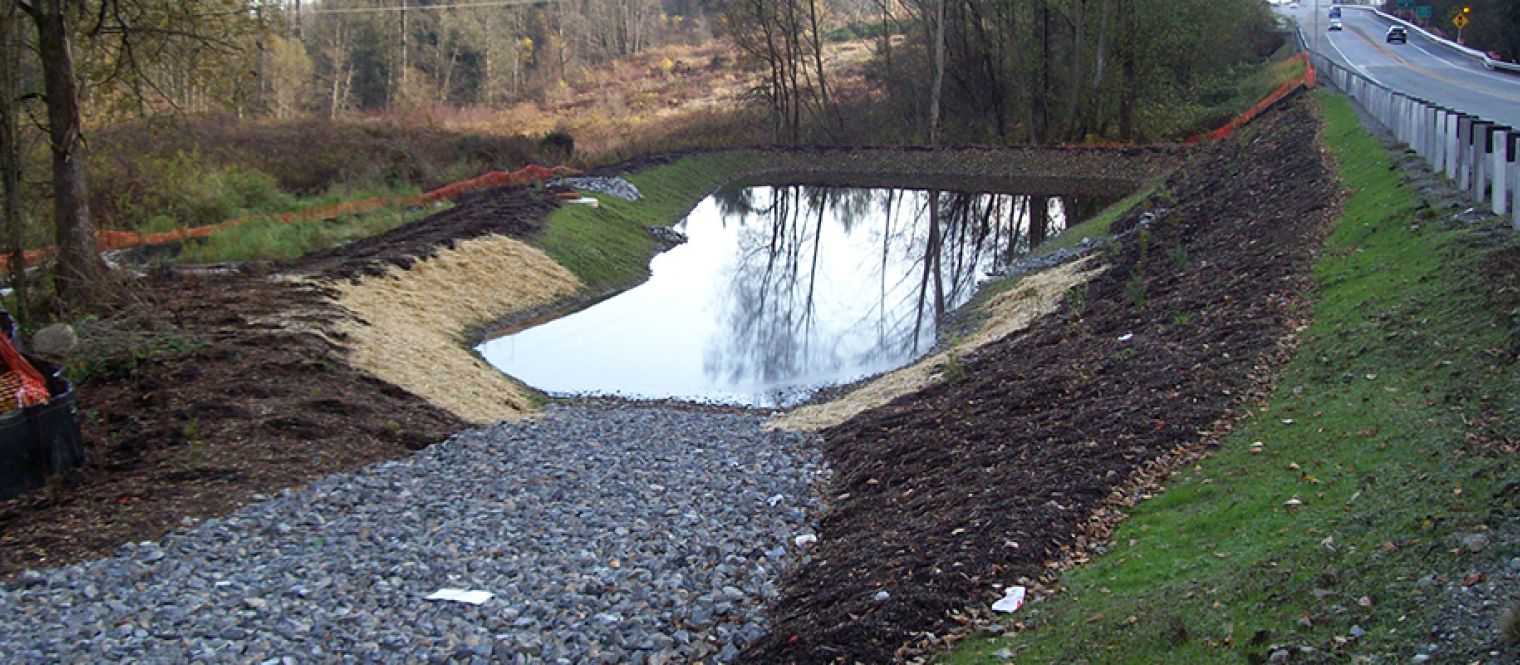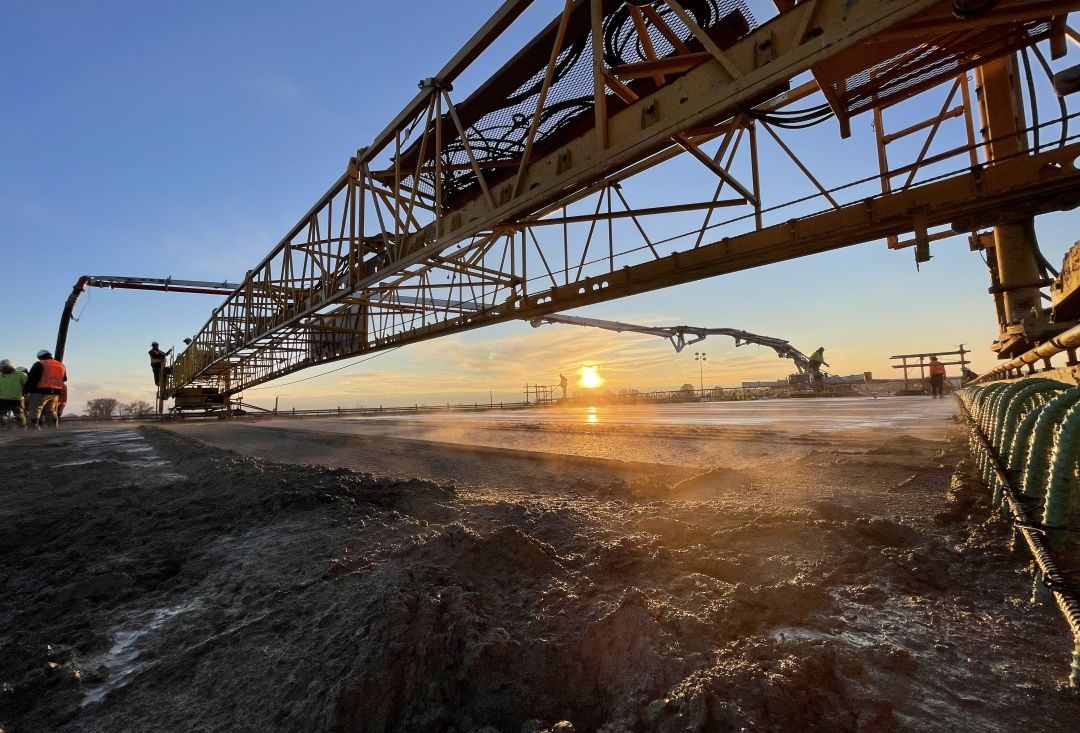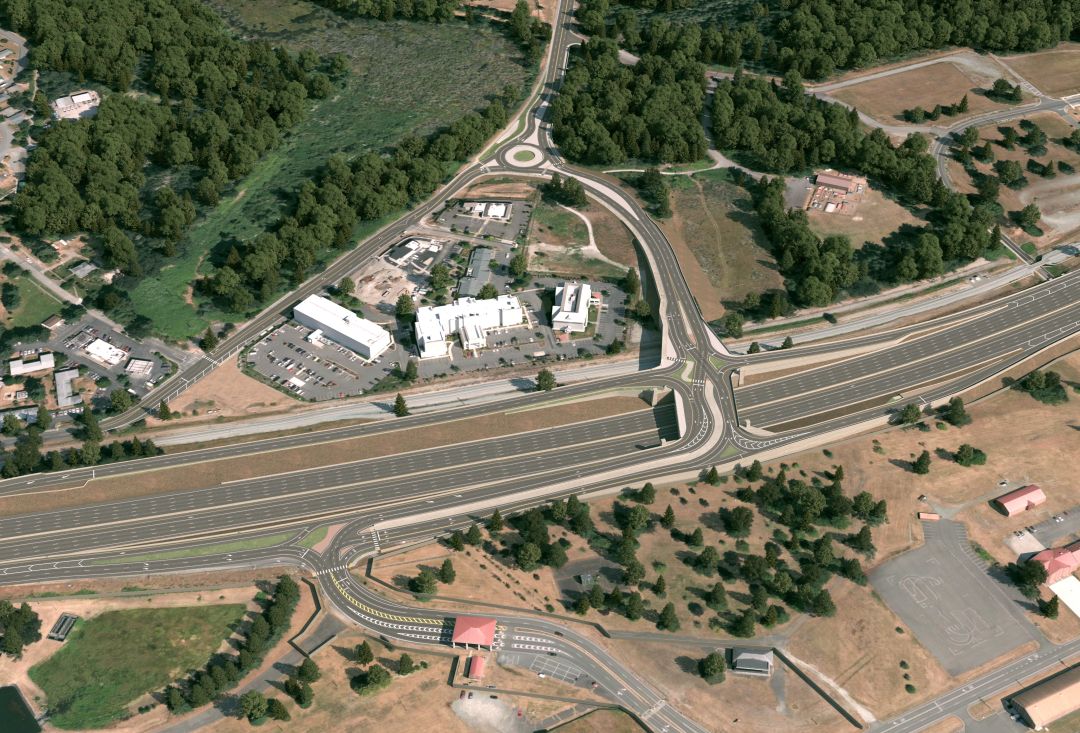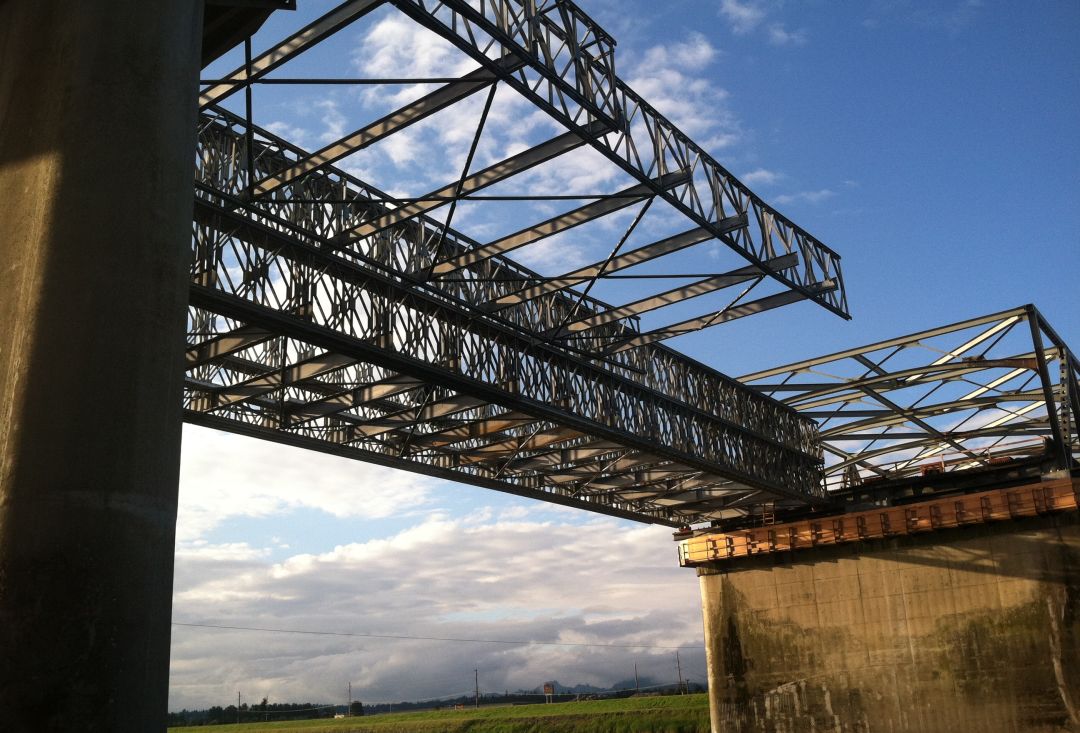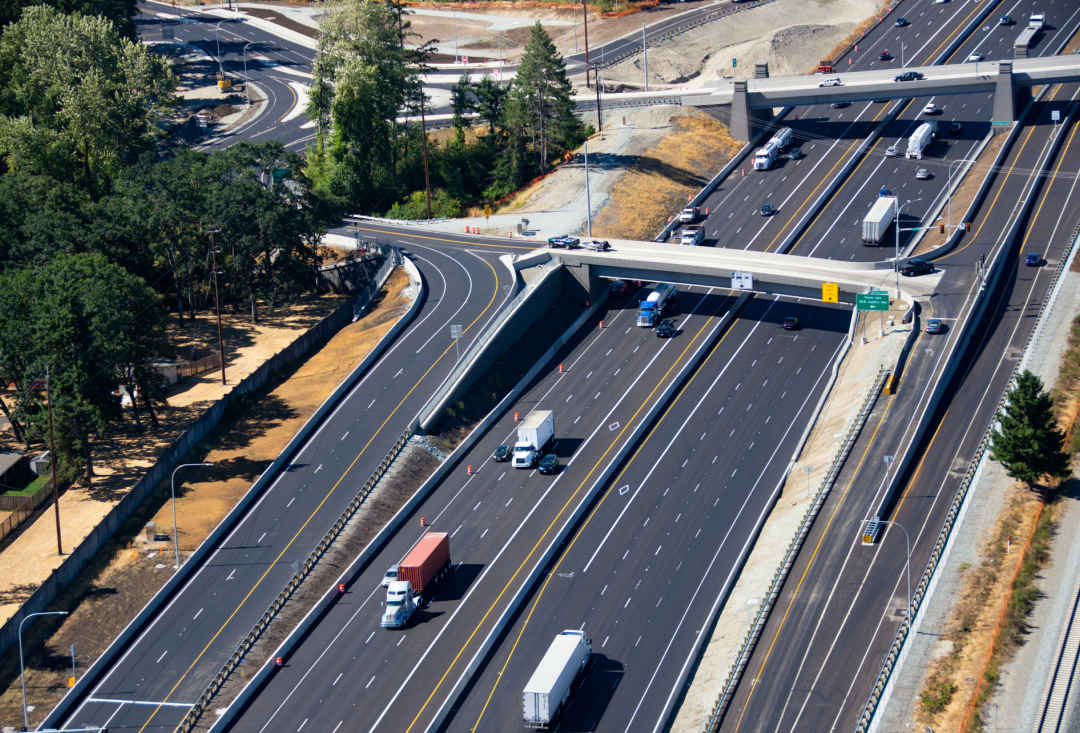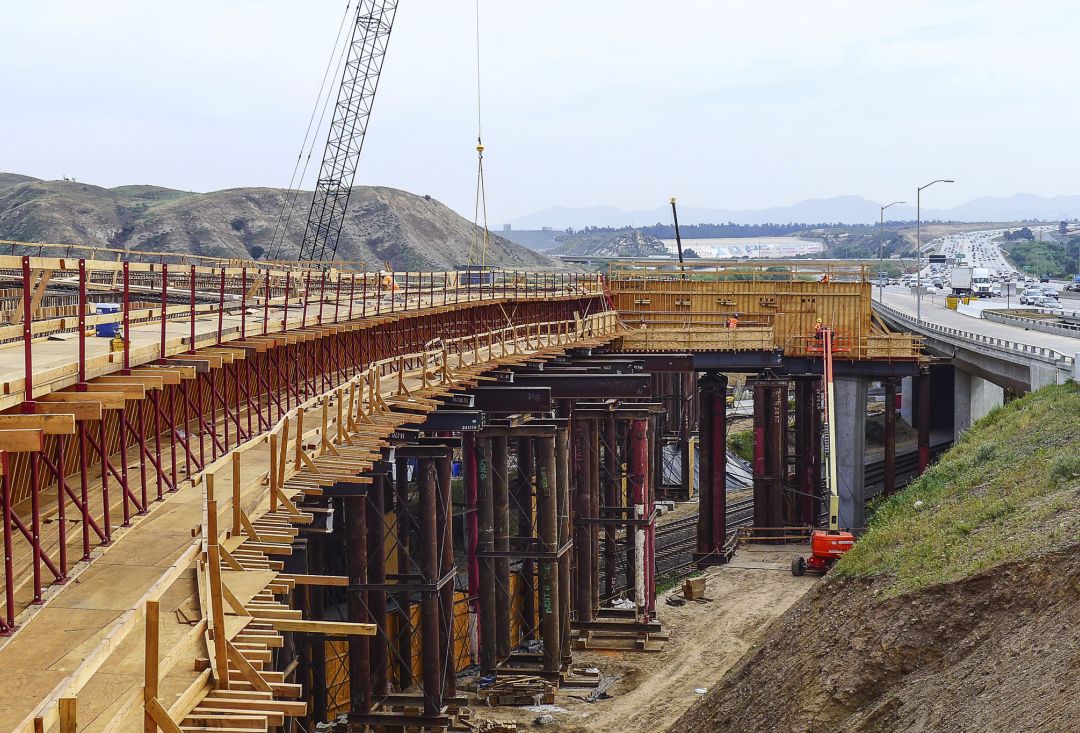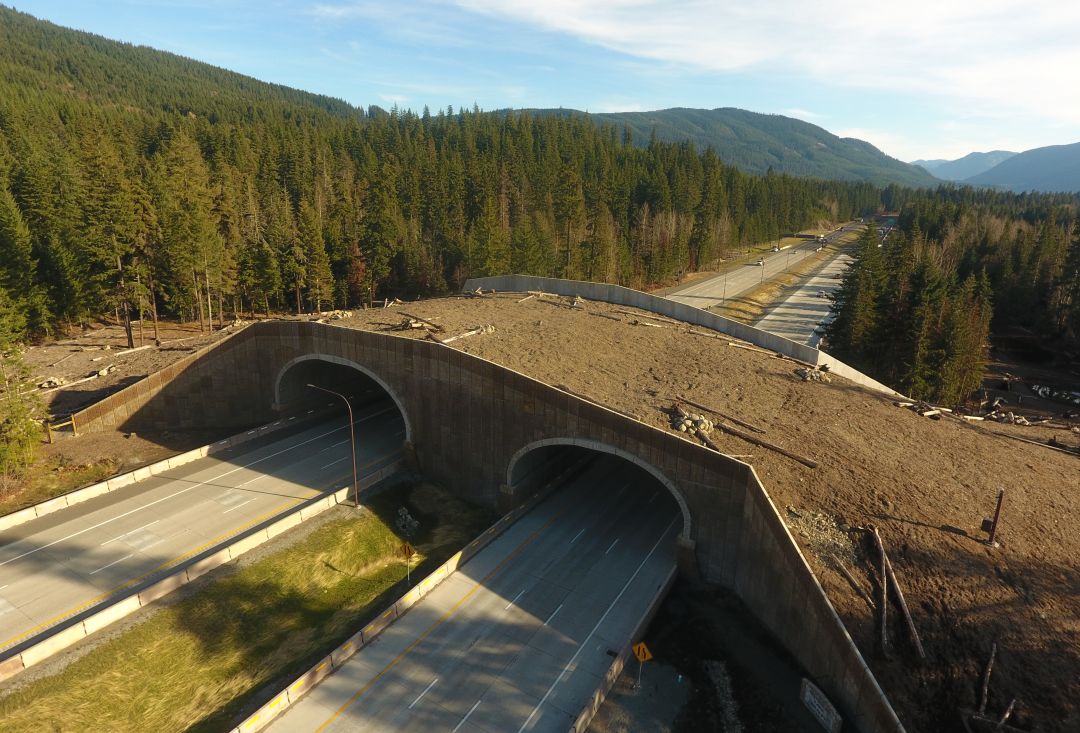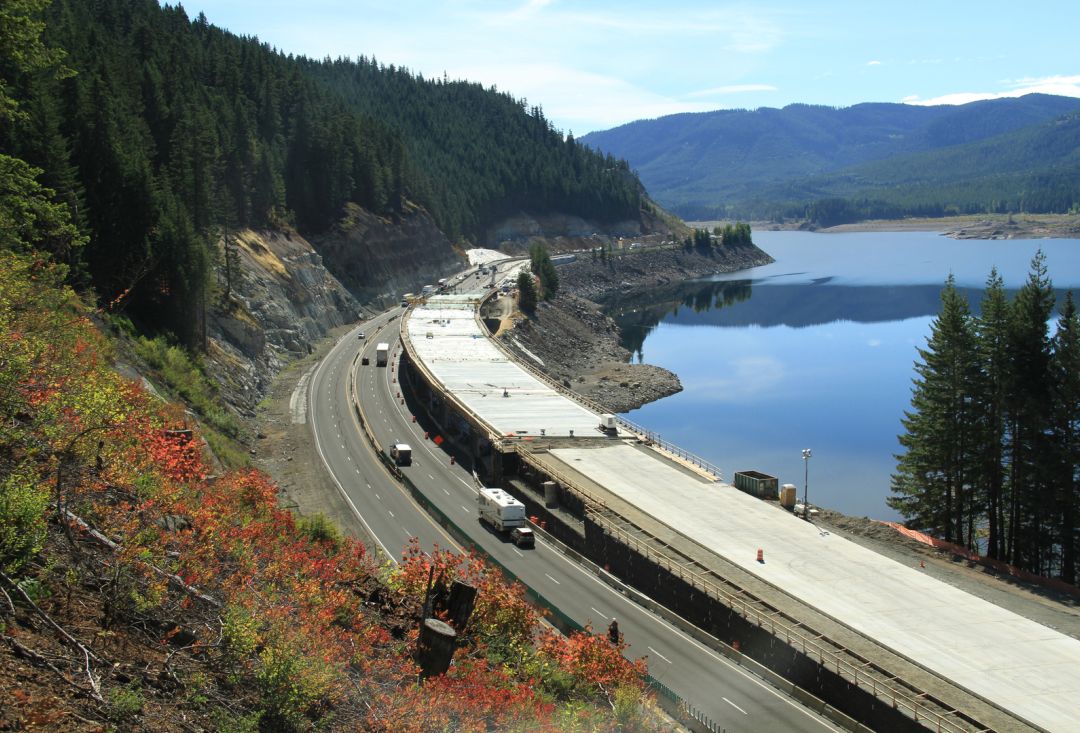Client
Completion Date
Designer
Location
Delivery Method
Division
Contract Value
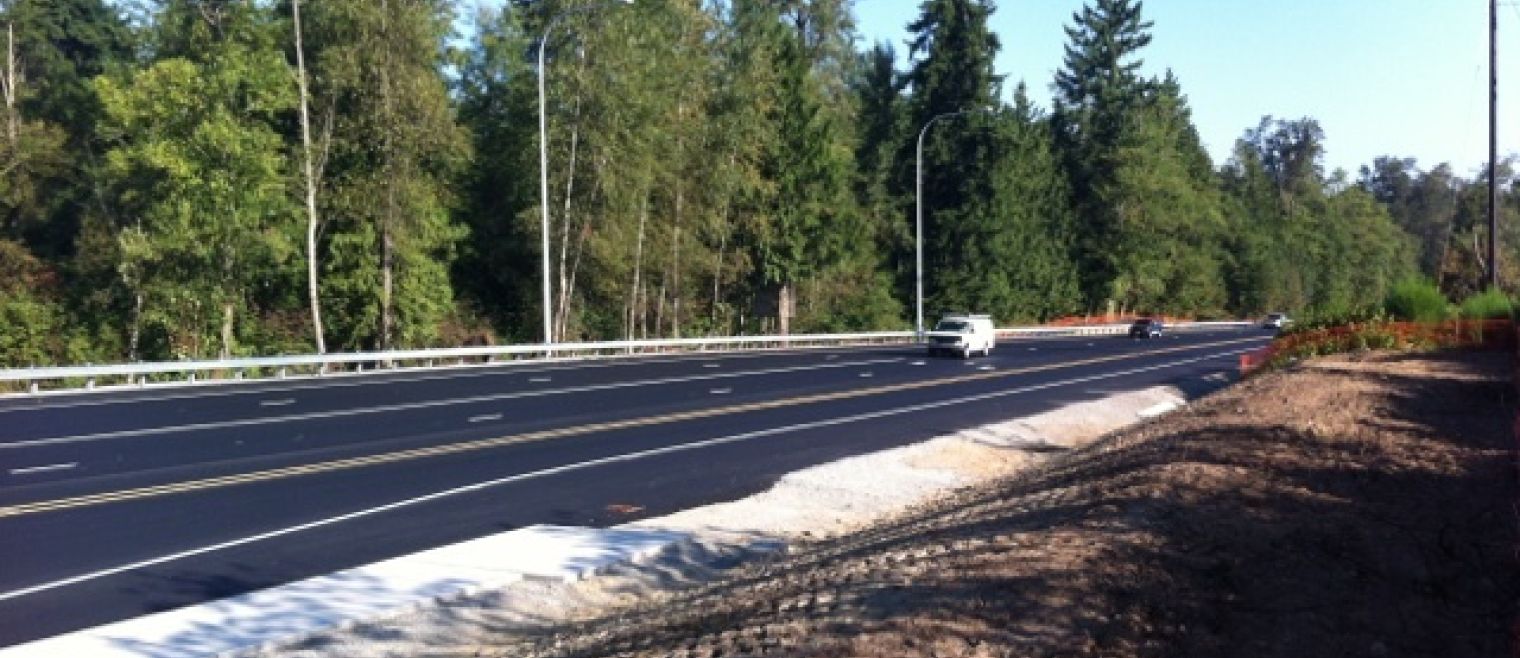
The SR 9/SR 92 intersection was a road widening project to alleviate traffic congestion and enhance traffic operations. The expansion added an extra southbound through-lane on SR 9, a second southbound left-turn lane on SR 9, an extension of the northbound right-turn lane on SR 9, a second eastbound lane on SR 92 to Lake View Drive, and a second westbound left-turn lane on SR 92. The project involved various elements, including grading, drainage improvements, signing, illumination, signal installation, pavement marking, retaining walls, water quality facilities, and guardrail.
Atkinson designed and executed the project to align with the City of Marysville Master Plan. It encompassed the widening of SR 92, installation of traffic signals, and construction of sidewalks, allowing for a potential future fourth leg of the intersection extending west into Marysville, all without the need for demolition or reconstruction.
In a situation where acquiring a Seattle City Light property for a dispersion trench proved unfeasible, an innovative solution was proposed. Three Filterra units were installed to reduce the required surface area for dispersion. Additionally, the pond size was increased to manage the additional flow control effectively.
The project aimed to surpass the RFP deadline by opening all lanes to traffic within four months, originally targeted for August 31, 2012, instead of December 31, 2012. Through innovative construction staging and maintenance of traffic (MOT) plans, the project was completed 11 days ahead of this goal, with traffic fully operational in its final configuration by August 20, 2012. The approach involved conducting most of the work behind concrete barriers, performing final paving, striping, and signal installation during a weekend closure. This innovative MOT strategy ensured continuous access to nearby businesses and residences, maintaining routine traffic flow without lane alignment shifts, deviations, or reductions from the posted speed limit, thus enhancing safety by eliminating interactions between construction activities and drivers.
